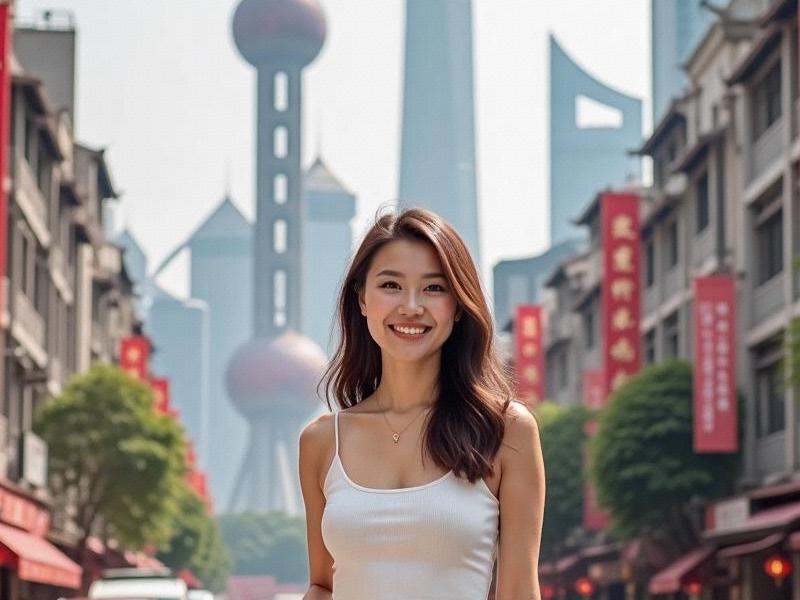
In the shadow of Shanghai's glittering skyscrapers, a quiet cultural revolution is transforming not just the city but the entire Yangtze River Delta region. Once known primarily as China's economic engine, Shanghai is now emerging as the country's creative capital, with its cultural influence extending far beyond municipal boundaries.
The Creative Economy Boom
Key statistics:
- Creative industries contribute 13.2% to Shanghai's GDP (national average: 5.4%)
- 48% annual growth in cultural/creative startups since 2022
- Over 200 heritage buildings converted into creative spaces
- 3,500+ registered cultural enterprises in the greater Shanghai region
Regional Cultural Integration
爱上海最新论坛 Notable collaborative projects:
- Yangtze River Delta Art Alliance (87 member institutions)
- Shared digital museum collections platform
- Unified cultural tourism passport program
- Joint intangible cultural heritage protection fund
Architectural Preservation & Innovation
Landmark transformations:
新上海龙凤419会所 - The Tank Shanghai - oil tanks turned art complex
- Shanghai Shipyard 1862 - industrial heritage as luxury retail
- West Bund Museum corridor - 3km riverside cultural belt
- Suzhou Creek revitalization project
The New Cultural Workforce
Demographic shifts:
- 28% increase in foreign creative professionals since 2023
- 65% of art graduates choose to stay in the region
上海品茶网 - Average age of cultural entrepreneurs: 32 years old
- 42% female leadership in creative enterprises
Challenges & Controversies
Ongoing debates:
- Commercialization vs. artistic integrity
- Authenticity in heritage preservation
- Balancing local identity with global influences
- Affordable space for emerging artists
As Shanghai continues to evolve as a cultural powerhouse, its ability to blend historical preservation with contemporary creativity offers valuable lessons for cities worldwide. The regional cultural integration seen in the Yangtze River Delta presents a new model for balanced urban development in the 21st century.
